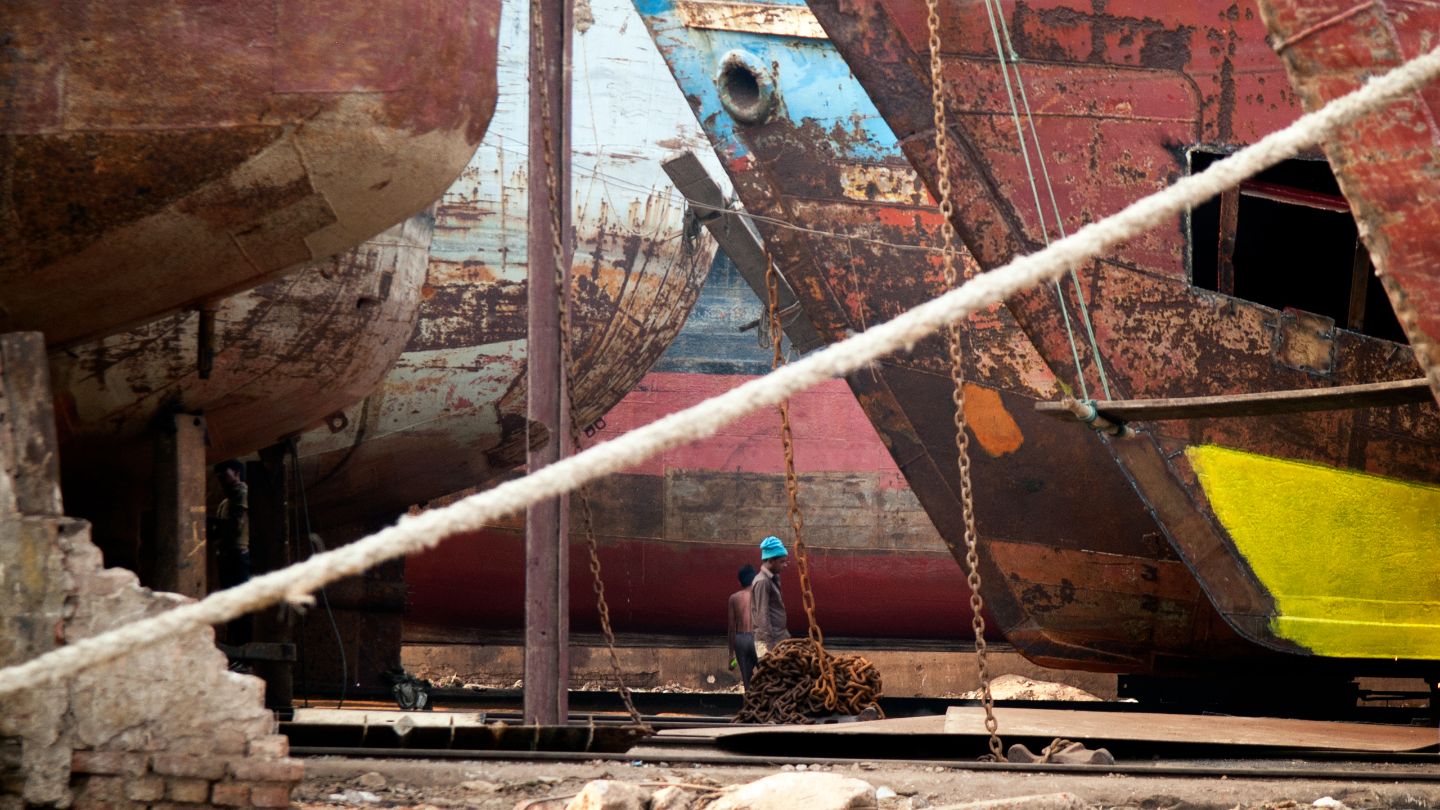IHM: The first step in your safe ship recycling plan
17 July 2018
Shipping operators are finally taking steps to implement the requirements of the EU Ship Recycling Regulation ahead of important deadlines. In the following article, Kevan O'Neill, of marine hazardous material management consultancy Lucion Marine, notes that impending impact of the important deadlines is increasing interest and actions from ship owners eager to comply with the regulations.
Efforts to ensure the environmentally safe recycling of ships continues to generate considerable debate in the marine sector. However, in our own experience shipping owners and operators appear to be making concerted efforts to fall in line with hazardous materials listing requirements - which in turn will help with the broader issue of safe marine sector recycling issues in the longer term.
The EU Ship Recycling Regulation was published in the Official Journal of the EU on Tuesday 10 December 2013, after its adoption by the European Parliament and the Council of the European Union.
The Regulation aims to reduce the negative impacts linked to the recycling of EU-flagged ships and brings into force an early implementation of the requirements of the 2009 Hong Kong Convention for the Safe and Environmentally Sound Recycling of Ships.
To do so it sets out a number of requirements for European ships, European ship owners, ship recycling facilities wishing to recycle European ships and the relevant competent authorities and administrations. It also requires the Commission to adopt a number of acts to implement the Regulation, with one key act being the European List of ship recycling facilities authorized to recycle ships flying the flag of an EU Member State.
According to the new rules, the installation or use of certain hazardous materials on ships will be prohibited or restricted. These hazardous materials include for instance asbestos and ozone-depleting substances.
Each new European ship (or a ship flying the flag of a third country calling at an EU port or anchorage) will be required to have on board an inventory of hazardous materials verified by the relevant administration or authority and specifying the location and approximate quantities of those materials.
Ships already in service will be required to have an inventory of hazardous materials onboard from December 31 2020 and ships that are destined for recycling must have an inventory of hazardous materials onboard from the date on which the European List of ship recycling facilities is published.
It is intended that the European List will be published in the Official Journal of the European Union and on the website of the Commission by the end of 2016. The Commission will be able to regularly update the European List in order to include or remove ship recycling facilities from the List.
The Inventory of Hazardous Materials (IHM) report, is a document that details the type of hazard, the location, and quantity of material on a vessel. There are roughly 65 hazardous materials that need to be surveyed for as part of the regulation. These materials range in 'risk profile' from a high risk such as asbestos, through to a lower risk material such as electrical appliances.
To compile the list, a desk top study is undertaken, looking at all existing material related documentation. Then an on board survey is completed, followed up by material sample analysis and reporting.
With the compilation of the IHM report, Owners of ships flying the flags of EU Member States will have to ensure that their ships are only recycled in ship recycling facilities included in the European List.
In addition, they will have to ensure that each end-of-life ship is prepared for recycling. For this, they will have to:
- provide the necessary information about the ship to the ship recycling facility via a Ship Recycling Plan,
- notify the intention to recycle the ship to the relevant administration,
- provide an updated inventory of hazardous materials,
- minimise the amount of cargo residues, remaining fuel oil and ship generated wastes remaining on board
- provide a ready-for-recycling certificate to the ship recycling facility.
EU Member States' port authorities will be authorised to control European ships to verify whether they have on board a ready-for-recycling certificate or a valid inventory of hazardous materials.
 NexGen
NexGen





















